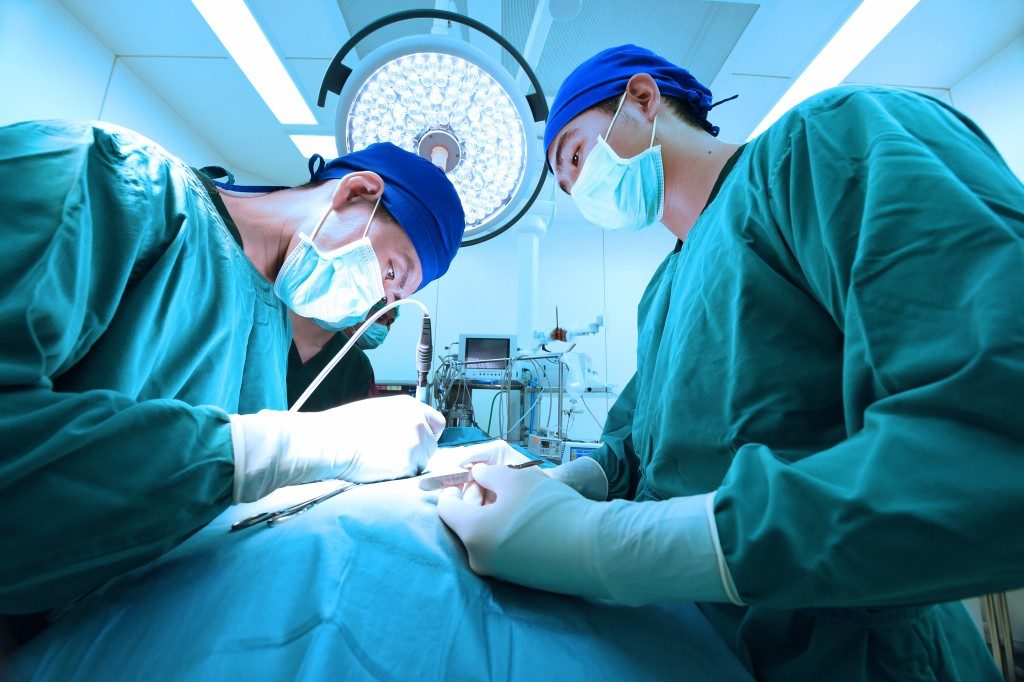Bipolar forceps are invaluable tools in operating rooms, as they are used with high-frequency electrical current to cut into tissue, help coagulate and dry out tissues, and remove it from any part of the body.
Reusable bipolar forceps are available in different tip sizes and lengths ranging from 3.5” to 8”. Their functionality is guaranteed for several autoclave cycles and the manufacturer provides information based on the type of use.
How forceps are used during surgery
Bipolar forceps are manufactured in a variety of handle styles, and they vary in length. The tip styles are different as well so that they could provide better control in narrow spaces. Tips are usually coated with Teflon, titanium and even stainless steel. Additional features that are optional include insulation and no insulation, with buried irrigation and surface mount. The tip area varies from 5.0 to 10.0 mm.
Use in Surgery
Narrow-tipped forceps offer good control in targeted areas and when used right, keep other tissues safe from damage, especially since electricity flows through them. The advantage of using bipolar forceps is that the current passes between the tips of the forceps and the damage is minimised, especially in the form of burns.
One of the most common techniques is to connect forceps to an electrosurgical generator, which emits low-voltage electricity. These forceps are likewise effective for use in patients with implanted devices because misfiring or short-circuiting is completely prevented.
Bipolar cautery
Cauterisation is a procedure in which a body part is burned so that it can be removed or closed off from surrounding tissues. This helps mitigate bleeding, take out unwanted growths and minimise infections in cases where no antibiotics are available.
Since bipolar forceps are made of metal and equipped with different types of tips, surgeons can choose based on the need and use them to stop bleeding or seal a blood vessel or tissues. Surgery sites could be the brain, nose, or any other part of the body where access is tight and the surgeon needs to maintain a steady hand.
Things to do before use

Only surgeons who have received training and are considered competent should use an electrosurgical unit equipped with forceps. Some precautions that must be taken before use are:
- The unit should be inspected before use for problems as well as the safety features such as lights, sound indicator, etc.
- Cables and electrodes should be checked for intact insulation.
- If any problems crop up, these must be reported to the relevant department in the hospital and the unit must be taken out of circulation.
- The sound indicator volume should be set at a level that is audible.
- It should be mounted on a stand with wheels so that it can be moved from one place to another easily. It should also not tip over easily while being moved.
- The unit should not be used in an area where flammable materials such as alcohol are present.
- The unit should be operated at the lowest mentioned setting to achieve the desired results.
- A prospective patient’s skin and operation area should be evaluated thoroughly and marked on a chart to ensure proper use and safety.
- Jewelry on the patient must be removed before use.
Just like all electrical units, surgical tools and equipment should be checked and maintained regularly. Even forceps need to be checked and autoclaved properly to prevent the transmission of infections between patients.
